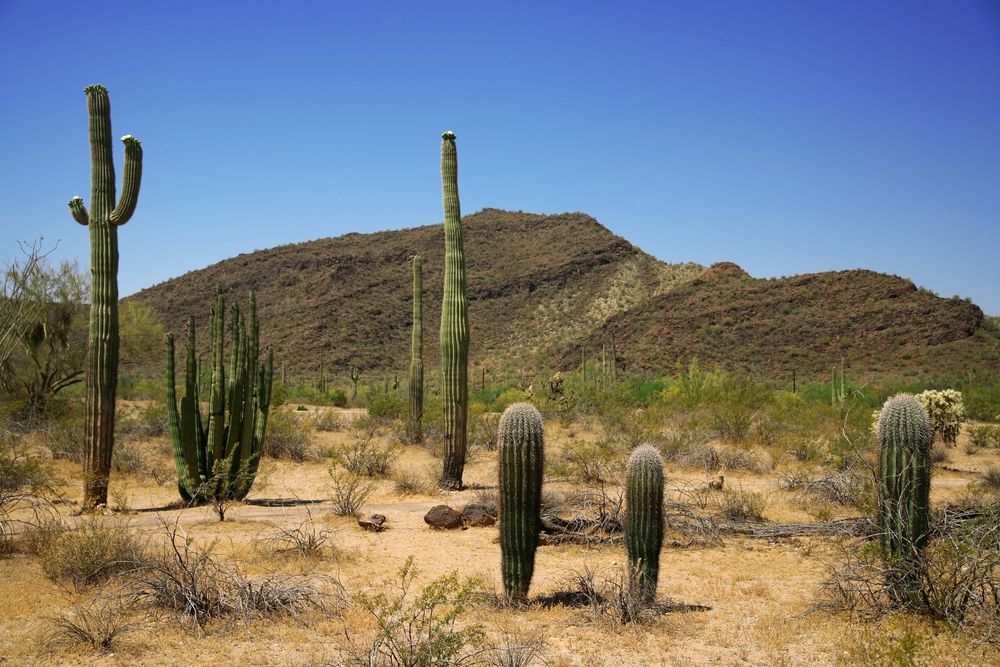Organ Pipe Cactus National Monument is the only place in the United States where the organ pipe cactus grows wild. The park is located in Southern Arizona on the Mexico border. It was declared a UNESCO biosphere reserve in 1976.

Nestled in the heart of the Sonoran Desert, Organ Pipe Cactus National Monument is a hidden gem located in southwestern Arizona, near the US-Mexico border. This stunning national monument, established on April 13, 1937, by President Franklin D. Roosevelt, is renowned for its breathtaking landscapes and unique biodiversity.
Why is it Protected?
Organ Pipe Cactus National Monument is a UNESCO Biosphere Reserve and a designated wilderness area. It is the only place in the United States where the senita and organ pipe cacti grow wild. The monument’s protection ensures the preservation of these rare species and their habitat, which supports a diverse range of desert flora and fauna. The monument also plays a crucial role in safeguarding archaeological sites that chronicle thousands of years of human history.
Things to Do for Visitors
Visitors to Organ Pipe Cactus National Monument can enjoy a variety of activities that showcase the beauty and history of the desert:
- Scenic Drives: Take a drive along the Ajo Mountain Drive or the Puerto Blanco Drive to experience the stunning desert landscapes and panoramic views.
- Hiking: Explore the numerous trails that wind through the monument, such as the Estes Canyon-Bull Pasture Trail and the Coyote Pass Trail. These trails offer opportunities to see unique cacti, wildlife, and ancient petroglyphs.
- Camping: Experience the tranquility of the desert by camping at one of the monument’s developed campgrounds or backcountry sites
Agate Fossil Beds
Aztec Ruins
Bandelier
Bears Ears
Cabrillo
Canyon de Chelly
Cedar Breaks
Colorado
Devils Postpile
Devils Tower
Dinosaur
Effigy Mounds
El Malpais
Florissant Fossil Beds
Fort McHenry
Fort Moultrie
Fort Pulaski
Fort Stanwix
Fort Sumter
George Washington Birthplace
Gila Cliff Dwellings
Grand Staircase-Escalante
Hovenweep
Lava Beds
Little Bighorn Battlefield
Misty Fjords
Montezuma Castle
Muir Woods
Natural Bridges
Ocmulgee
Organ Pipe Cactus
Pipestone
Pompeys Pillar
Rainbow Bridge
Russell Cave
Salinas Pueblo Missions
Scotts Bluff
Statue of Liberty
Sunset Crater Volcano
Tuzigoot
Vermilion Cliffs
White Sands
World War II Valor in the Pacific
Wupatki
